The Best Barbells For Your Home Gym
We pick the best Olympic, powerlifting, trap and all-rounder barbells – and explain what to look for in each
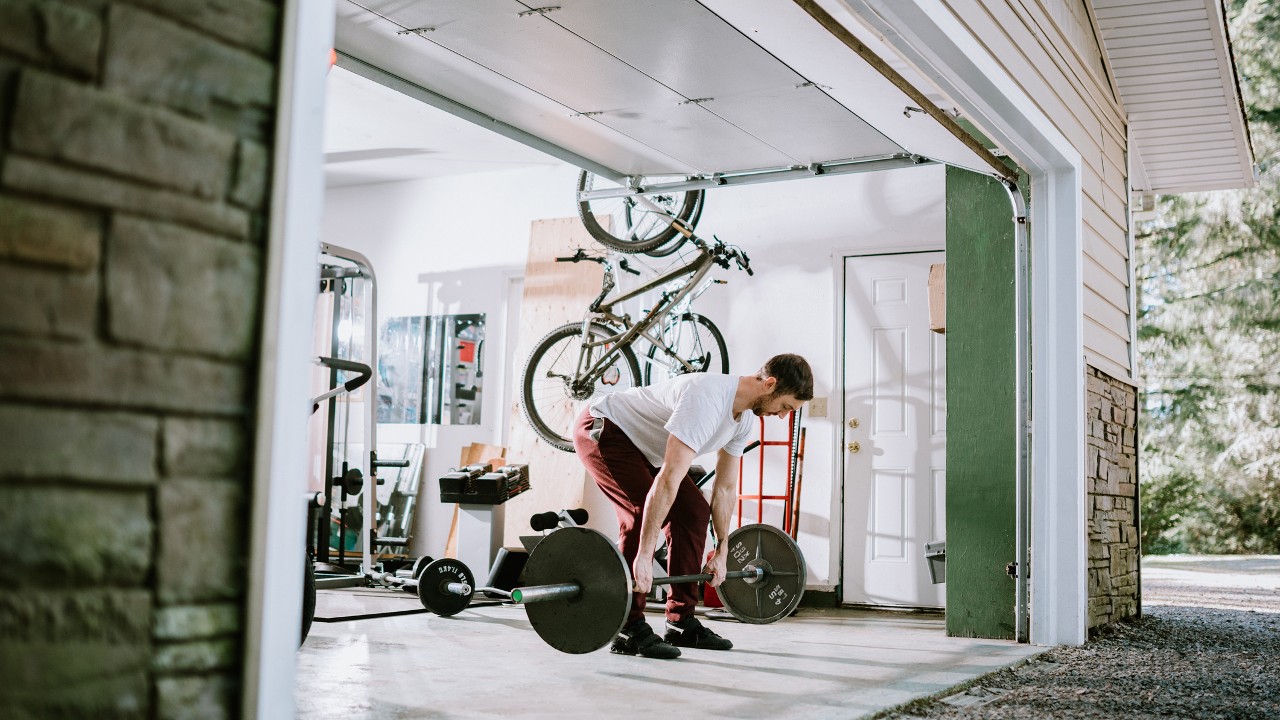
For something that’s pretty much just a giant metal toothpick, the barbell is pretty useful. It opens up a world of compound exercises, some of which work literally every muscle in the body – just check out our list of essential barbell exercises for proof.
However, despite its apparent simplicity, there are more types than you can shake a big metal stick at. So we’ve done the heavy lifting and provided a buyer’s guide to help you get to grips with the intricacies of barbell buying, the different types of bars and what they’re used for, as well as our picks of the very best.
The Best Barbells
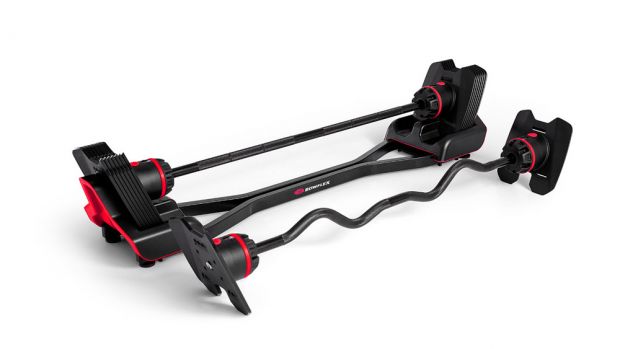
Bowflex SelectTech 2080
Specifications
Reasons to buy
Reasons to avoid
This barbell set is expensive, but it has a lot to recommend it. The set contains two bars with plates that are set up so you can adjust the weight you’re lifting quickly with the turn of a dial. That’s extremely convenient when you’re performing a fast-paced workout, and we found the manual system was more reliable than electronically-adjustable dumbbells and other weights we’ve tried in the past.
The downside is that the weight range is only from 9kg to 36kg, which will be short of what’s required if you’re intent on performing heavy lifts like squats and deadlifts. But you can still use the bar to get a solid workout at home, and it’s great for exercises like biceps curls, especially since it also comes with an EZ-bar.
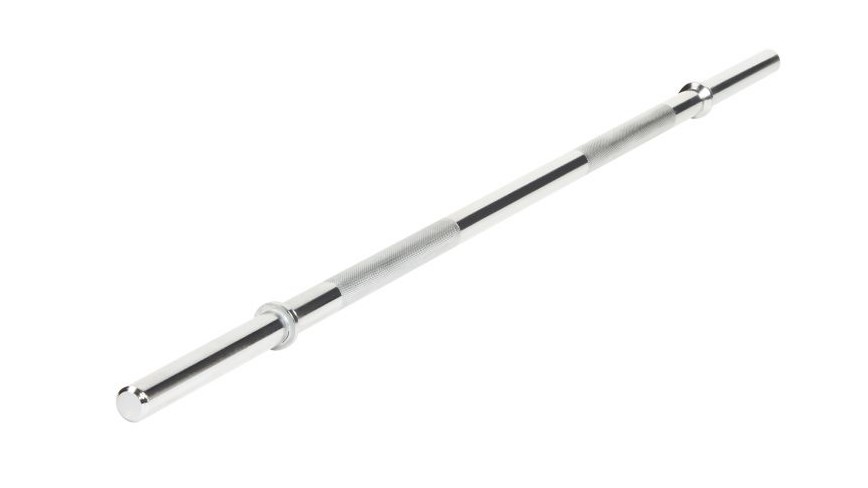
Mirafit 4ft Standard 1in Barbell
Specifications
Reasons to buy
Reasons to avoid
Two-metre bars are all very well in the gym or in especially roomy home (or more likely garage) gyms, but if you’re working out in a cramped flat or house then it’s not easy to manoeuvre something that long. This basic 4ft (122cm) bar is more suitable in that scenario and if you have been using adjustable dumbbells with 1in weight plates you can put them to good use with this entry-level bar. It’s exceptionally affordable as well, although budget for an extra £10 to buy spinlock collars.
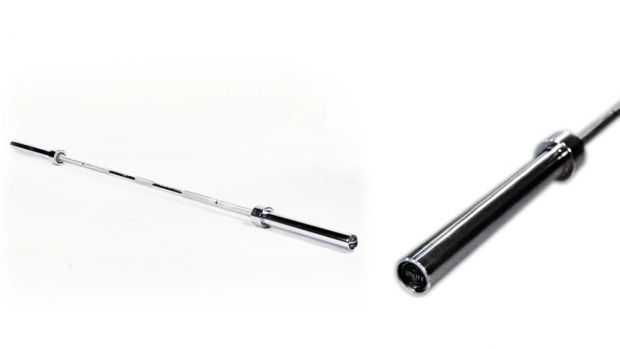
BLK BOX Utility Bar
Specifications
Reasons to buy
Reasons to avoid
This 7ft, 20kg Olympic bar is a versatile option that can be used for both weightlifting and powerlifting, with a high maximum weight of 600kg and a 28mm shaft. It’s a great all-purpose bar that’s also good value, and ideal for the home gym of a pretty experienced lifter who isn’t quite ready to spend the huge sums required for the top-of-the-range bars.
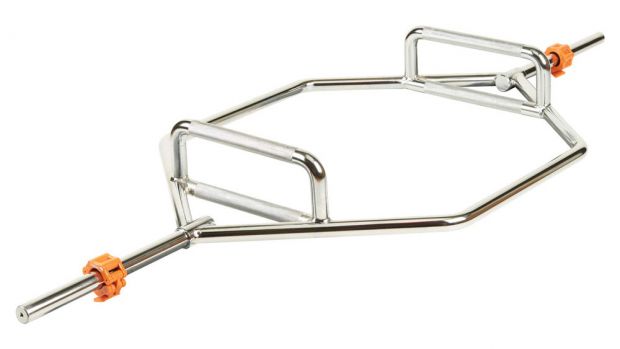
Mirafit Olympic Trap Bar
Specifications
Reasons to buy
Reasons to avoid
This trap bar works just as well whether you’re just starting out on your deadlift journey or are ready to rep at high weight. The knurling is pronounced, giving you the grip you’ll need once you’ve progressed to the really heavy weights, and the load-bearing capability of 300kg would be enough for even a regular lifter. This bar takes 2in weight plates, but Mirafit sells a version which takes 1in ones, in case you already have some of those.
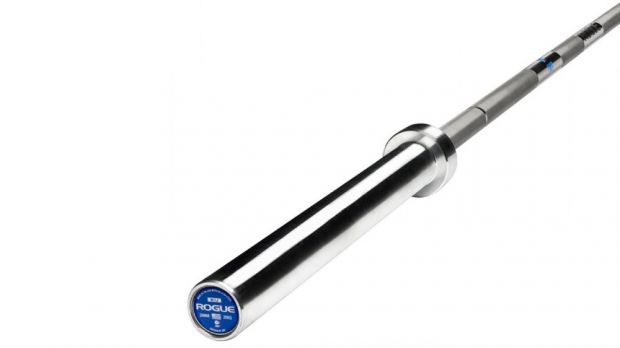
Rogue Olympic WL Bar
Specifications
Reasons to buy
Reasons to avoid
Built to International Weightlifting Federation specifications, this is a mammoth 7ft long and rated 215KPI – which will comfortably take the kinds of weight stacked on the barbell for Olympic-style lifting. The 28mm diameter makes for a great amount of whip, but the Olympic WL also has exceptional durability, helping it to sustain its shape drop after drop. The needle bearings should aid seamless transitions when rotating for a clean and press, too.
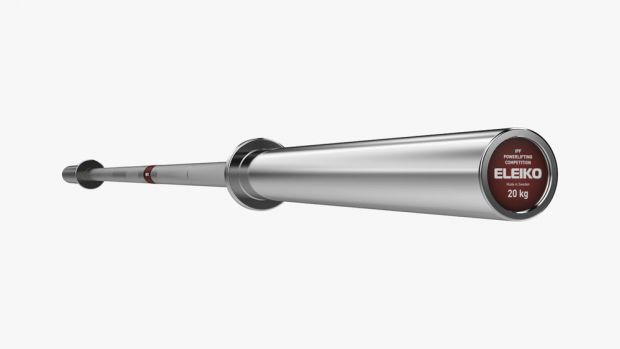
Eleiko IPF Powerlifting Bar
Specifications
Reasons to buy
Reasons to avoid
Eleiko is arguably the final word in barbells. Its bars have been used in several world record attempts and are featured in the Olympics, too. However, while the Rogue Olympic WL bar offers an appealing combination of quality and affordability, the Eleiko’s Performance Powerlifting Bar is simply head and shoulders above the rest. The bar’s knurling is carved deep for maximum grip and includes a centre knurling for squats, so all heavy lifts are catered for. If that wasn’t enough, a 29mm diameter and 215KPI Swedish steel make this a perfect bar to grab tightly and lift for your life. Intelligently deployed bushings within the steel bar ensure a stiff feel when squatting or deadlifting. This bar is a heavy investment and definitely one for the serious weightlifter.
Buyer’s Guide: How To Buy The Best Barbell For You
Barbell Glossary
You can trust Coach
Barbells use some pretty niche terms which get thrown around more than a medicine ball. Here’s your essential glossary that’ll make buying one easier.
Tensile This rating is all about how much weight a bar can take before it breaks. This is measured in pounds per square inch (PSI) or more commonly thousands of pounds per square inch (KPI). Don’t consider a barbell unless it’s 165KPI or higher. For those with ambitions of becoming the large green Avenger, you should be looking at barbells with 195KPI and above.
Yield The yield of a bar is how much weight it can take before bending irrevocably.
Whip This describes how much the barbell flexes during lifts. If the bar has a high whip, it will be flexible during use; low whip and that barbell should be solid as a rock. A barbell that’s intended to be used for heavy bench presses should have a very low whip, otherwise it may feel like there’s a jackhammer coming down on you.
What Size To Get?
Size does matter on barbells. Both the length and the diameter will vary to suit the desired whip, but most barbells should be between 28mm and 29mm in diameter – don’t go any lower. Olympic bars tend to be 28-28.5mm for adequate whip, while squat bars will be more like 29mm. The length is a similar story, with shorter bars being more densely packed and less likely to bend, while wider bars flex more. Ideally, you won’t want anything shorter than 5ft (1.5m) or longer than 7ft (2.1m).
Types Of Barbell
Olympic barbell
Olympic barbells are fairly big pieces of kit – they need to be to perform complex lifts like the snatch or the clean and press. An Olympic barbell shouldn’t be lower than 185KPI and has a standard weight of 20kg, which is usually distributed over a length of 6-7ft (1.8-2.1m), with an eminently whippable diameter of 28mm. That’s so a lifter can use the flexibility of the bar to help move the weight. If you watch Olympic weightlifting closely you’ll see that they pause to catch the right amount of flex before completing a movement.
Spin on an Olympic barbell is a must. The movements of the bar would bend the wrists far too much for comfort (comfort being a relative term here).
The knurling on Olympic barbells will vary, but it should be fairly light. If you’re buying an Olympic barbell to practise for competitions, check the distances between the grips with your regulatory body to see if the knurling is in the correct place.
Powerlifting barbell
Powerlifting bars are used for the lifts that really stack the weight on like the bench press, deadlift and back squat. They tend to weigh 20kg, are 5-6ft long and have a 28.5-29mm diameter. The tensile rating should be 190KPI as a minimum if you want a bar that will last and have a high yield. The whip on a powerlifting bar should be very low to enable you to get the required control.
Minimal spin is important, particularly if you’re planning on performing moves like the back squat, bench press or military press. However, some spin is still needed if you’re going to be doing front squats because the bar will need to rotate a bit when moving into position.
Knurling should be high on a powerlifting bar. Quite simply, if you’re lifting heavy and controlled, you’ve got to get a grip. Look for knurling in the centre of the barbell, too, because this will be important for grip during squats.
Trap or hexagonal bars
We couldn’t ignore the trap bar because it can be used for one of the greatest lifts of all time – the deadlift. Not only that, but it’s damn good for working your traps with shoulder shrugs.
The trap bar consists of a hexagonal frame which you step into so that the grips are by your sides. That means you place less pressure on your back during deadlifts, while still activating the legs and glutes. Being able to keep your hands at your sides rather than having them in front of you is also ideal for nailing the shoulder shrug.
These bars will usually have as little whip as possible and zero spin. The knurling should also be quite prominent to ensure a good hold.
The better trap bars will have two heights for grip – essentially one for shrugs and one for deadlifts. You’ll also want a weight rating high enough to cover your heaviest lifts.
All-purpose barbell
The specialist barbells above are focused on specific moves – and let’s be honest with ourselves, they’re pretty cool. However, they’re not perfect for everyone. In fact, from just looking at an Olympic bar you may perhaps feel that lifting isn’t for you.
Enter the mid-range, all-purpose barbell. They’re for anyone who’s focused on building muscle and perfecting form. A tensile rating of around 175KPI will suit, and it’s worth aiming for a 28.5mm diameter which will support a decent amount of flex but also allow for your powerlifting to be uninhibited.
The knurling and spin should be of the middling variety. You don’t need a bar riddled with knurling because the all-purpose barbell isn’t suitable for shifting really heavy weights, but you’ll definitely want some to counteract sweating. As for spin, it’s fine to opt for bushings. You won’t need the fractional difference that bearings provide – yet.
Get the Coach Newsletter
Sign up for workout ideas, training advice, reviews of the latest gear and more.

Jake was formely an intern for Coach and now contributes workouts from some of London’s top trainers. As well as training in the gym and running, he’s competed in the eight-hours-long overnight event Europe's Toughest Mudder twice and the 24-hours-long World's Toughest Mudder once.
- Nick Harris-FrySenior writer
